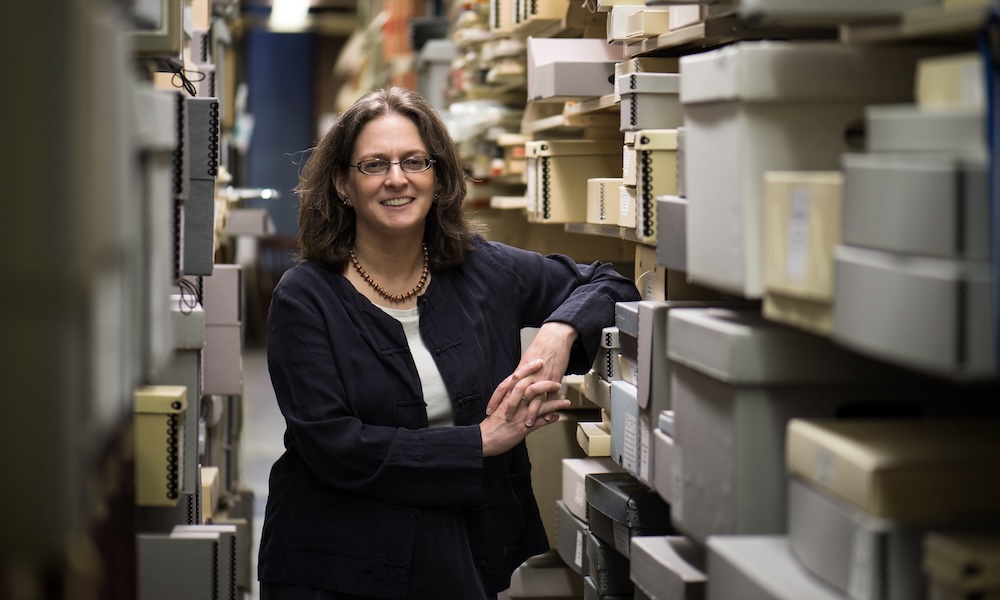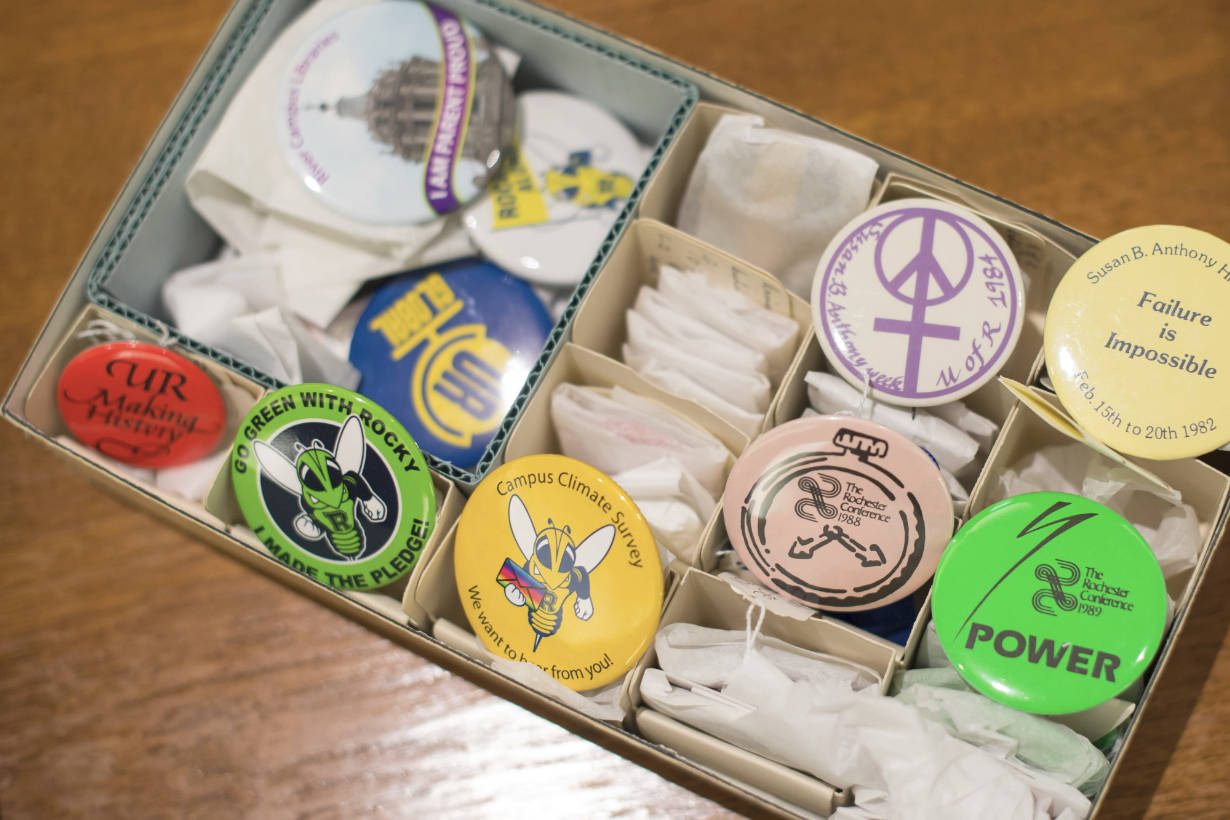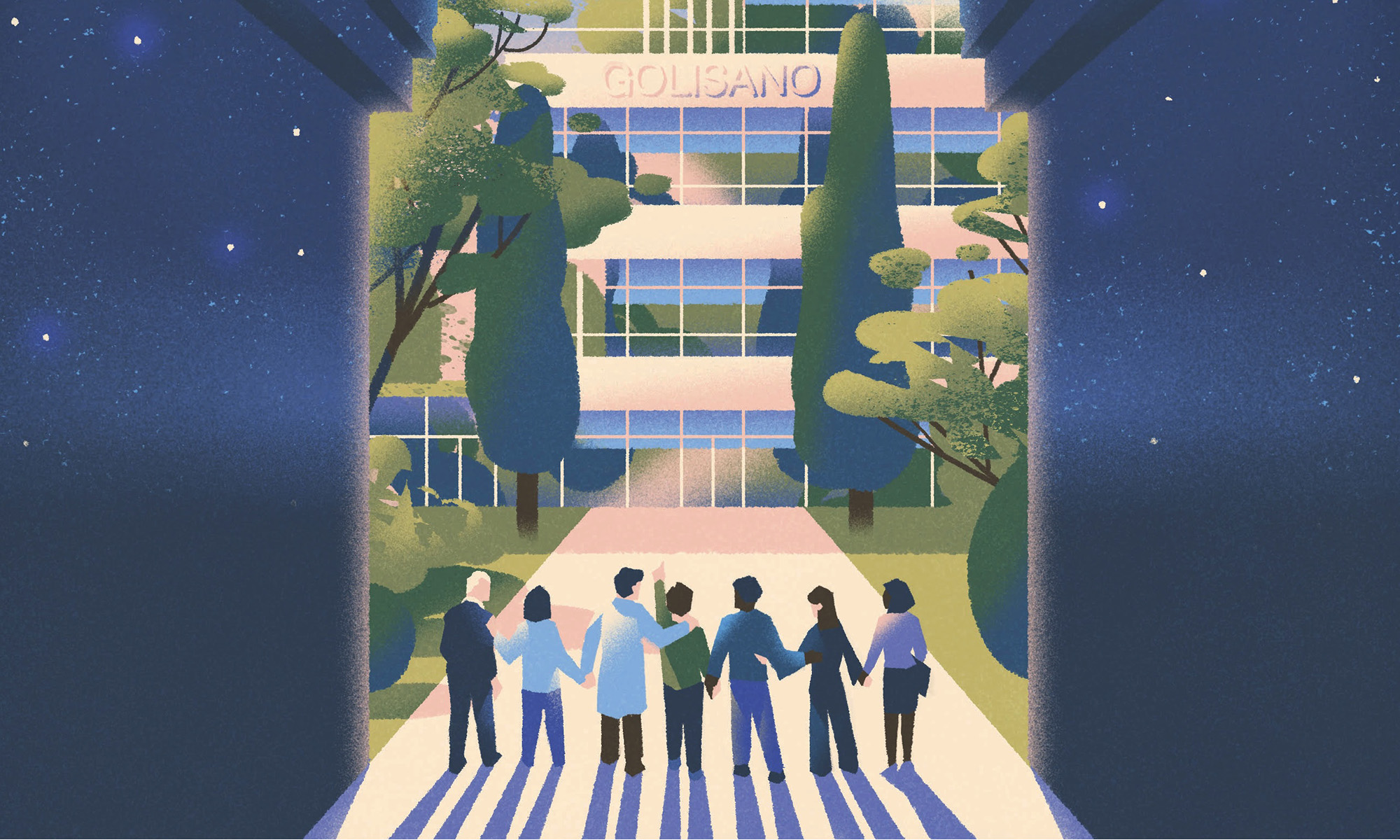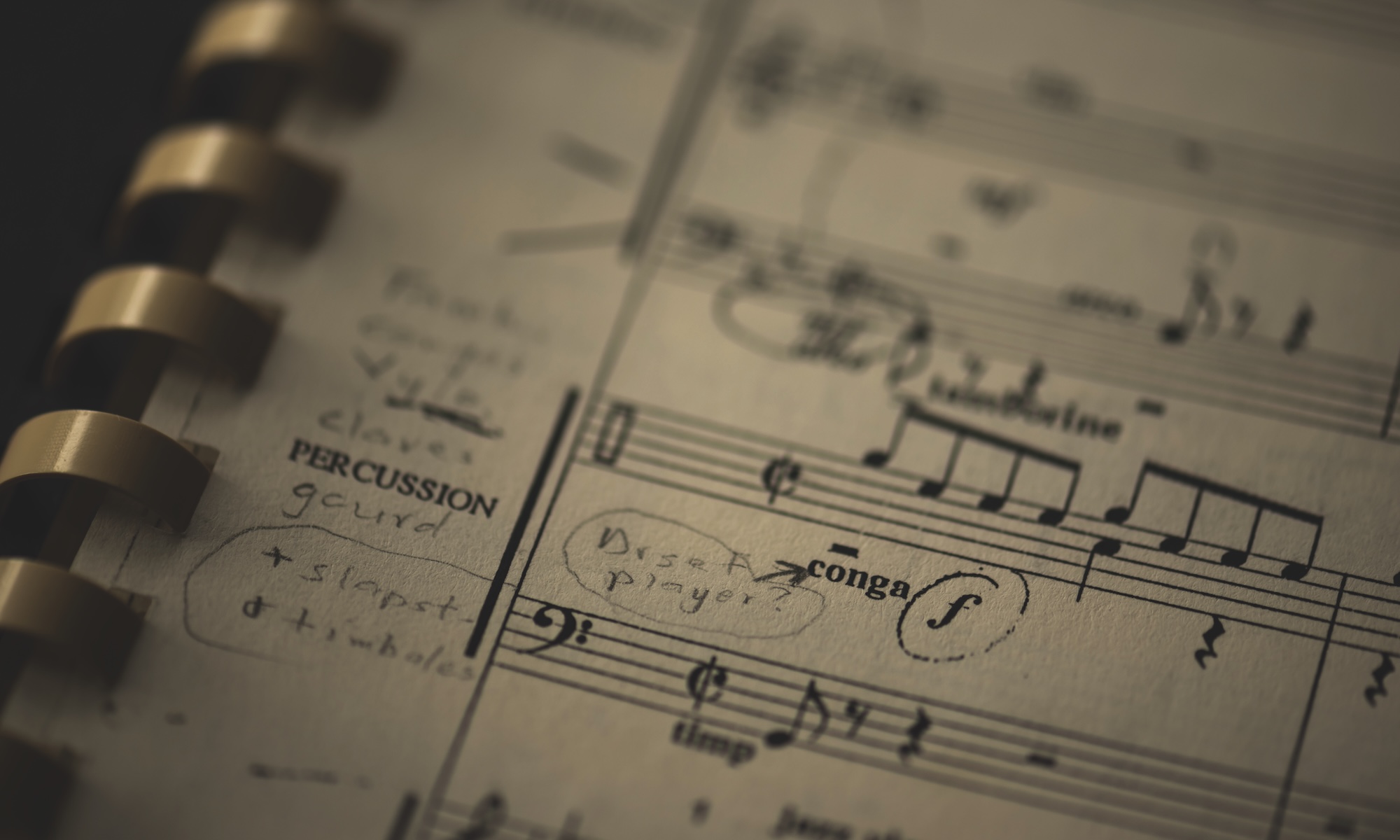A question for Melissa Mead, the John M. and Barbara Keil University Archivist and Rochester Collections Librarian.
Luke Auburn’s article “Bit by Mega Bit” (summer 2024) traces the first 50 years of the Department of Computer Science. In 1964 I entered UR as a transfer student. Prior to graduation the next year, I was employed part time in UR financing. Though the details are fuzzy after 60 years, I was entrusted with the routine processing of employee punch cards prior to my oversight of the actual in-house printing of staff and faculty paychecks. Is there documentation of the beginnings of university administrative computing?
—Ronald Epp ’65 (PhD)
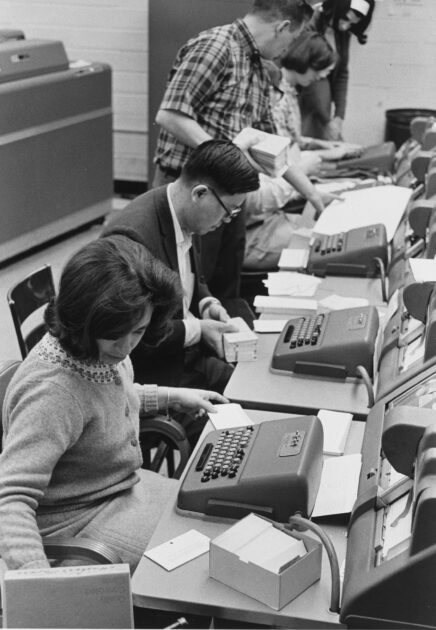
According to research done by the University’s Computing Laboratory Committee, Treasurer LaRoy Thompson wrote in an April 29, 1953, letter to President Cornelis de Kiewiet that “an order has been placed with IBM for rental of a Card Programmed Calculator (CPC).” Receipt of the equipment was at least nine months out, so the committee advised that a survey of offices that might use the CPC—registration, accounting, alumni records, fundraising, etc.—be conducted. In fact, multiple reviews were already underway.
Rewind to 1951: almost from the moment de Kiewiet became our fifth president, he initiated studies to evaluate the monetary and intellectual costs of maintaining two campuses and two undergraduate colleges versus returning to coeducation by unifying the undergraduate students on the River Campus, leaving the Memorial Art Gallery at Prince Street along with the Eastman School of Music dormitories. Perhaps no decision since its 1850 founding has so thoroughly affected every aspect of the University.
In spring 1952, an Accounting Committee survey reported that “non-uniformity” was uniformly present in payroll. The Hospital and College were each using National Cash Register (NCR) tabulating systems, having determined that the cost to rent an IBM machine was too high.
Another office used the IBM service bureau in Rochester and paid for processing time rather than renting (and maintaining) the equipment directly. The processes for invoicing and purchasing were similarly distinct.
Meanwhile, Rochester faculty in a wide variety of departments were clamoring for an on-campus facility, but consultation with Cornell revealed that “. . . the IBM people are a little over-enthusiastic about our need for the CPC for scientific research.”
It appears that Rochester’s 1953 order was not fulfilled, and the University Computing Center would not open until early 1956.
A Burroughs E101 was received in April and an IBM 650 was installed in July. Senior staff included Thomas Keenan ’47 and Patricia Eberlein, who would have faculty appointments in physics and business, respectively. Informal courses in programming were offered beginning in the fall.
As was often the case in the early decades of computing, many of the staff in the center were women. Far from being “hidden figures,” these women served as senior programmers and computer operators; taught classes in Fortran and running subroutines; and their publications were regularly announced in the newsletter of the Computing Center.
In the spring of 1957, registration of the University School students was piloted using the new system. “On the whole, we believe there is real merit in this type of application and feel that its continued use and development is warranted.” It would take another two years to complete the transition University-wide.
Within a few years, computer use at the libraries was underway, too. In November 1965, science libraries’ supervisor Phyllis Richmond wrote John Graham, dean of the School of Engineering, “In the process of planning future computer usage . . . please don’t forget the library! [We] will eventually need to tie in with the projected 3 trillion-bit computer (when built) at the Library of Congress via shared time or . . . [in cooperation] with Cornell, Syracuse and Buffalo, since none of us could afford the computer ourselves.”
Payroll was being processed using the IBM 650 well before you arrived on the scene; the facility was located in Taylor Hall, home of the University School. In the 1960s, the location of computing equipment would split according to purpose: administrative work would shift to Wallis Hall, with advanced academic and research machines occupying a new building near the corner of Elmwood Avenue and Mt. Hope (now the location of College Town).
This installment of “Ask the Archivist” originally appeared in the fall 2024 issue of Rochester Review, the magazine of the University of Rochester.

